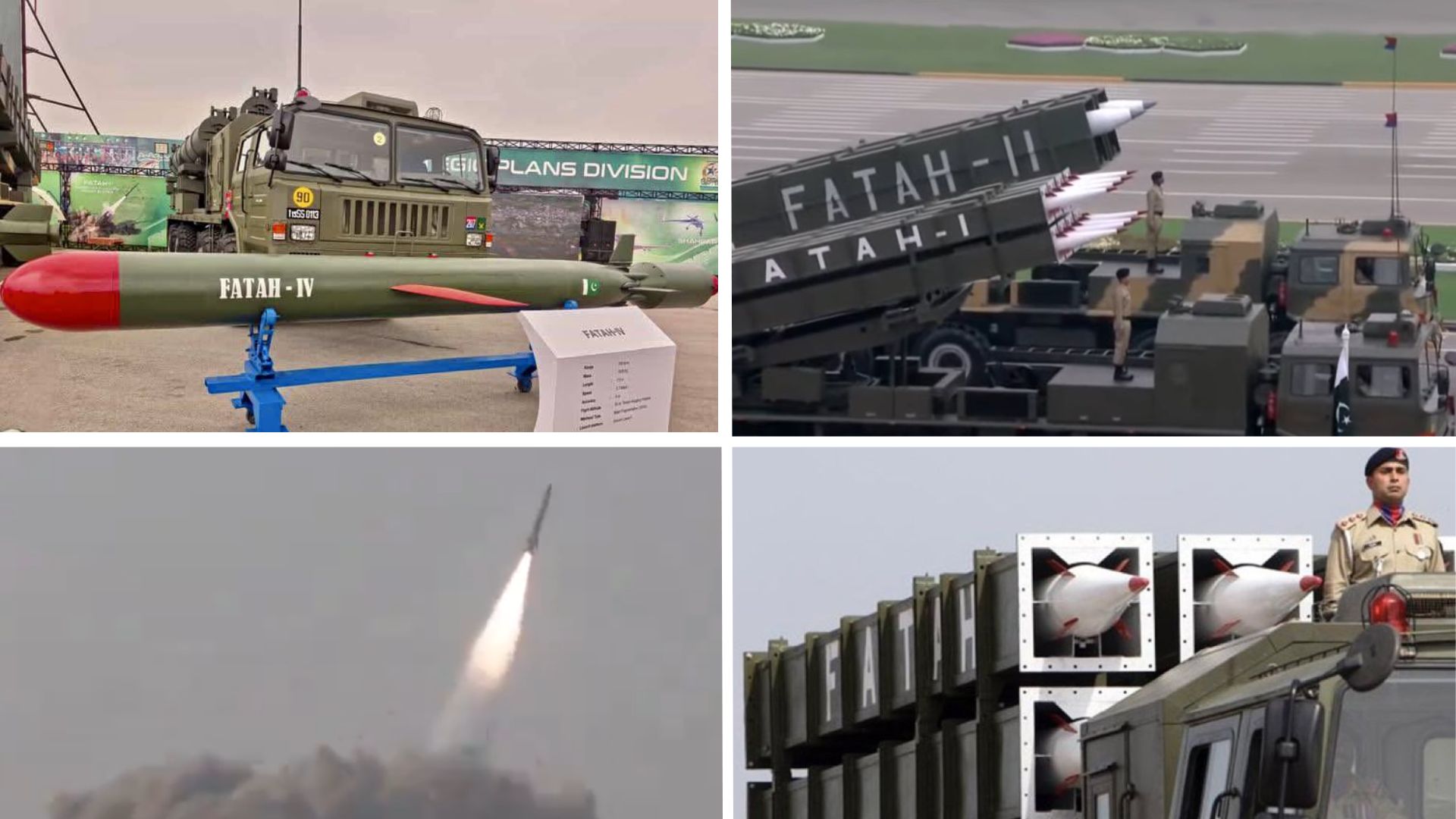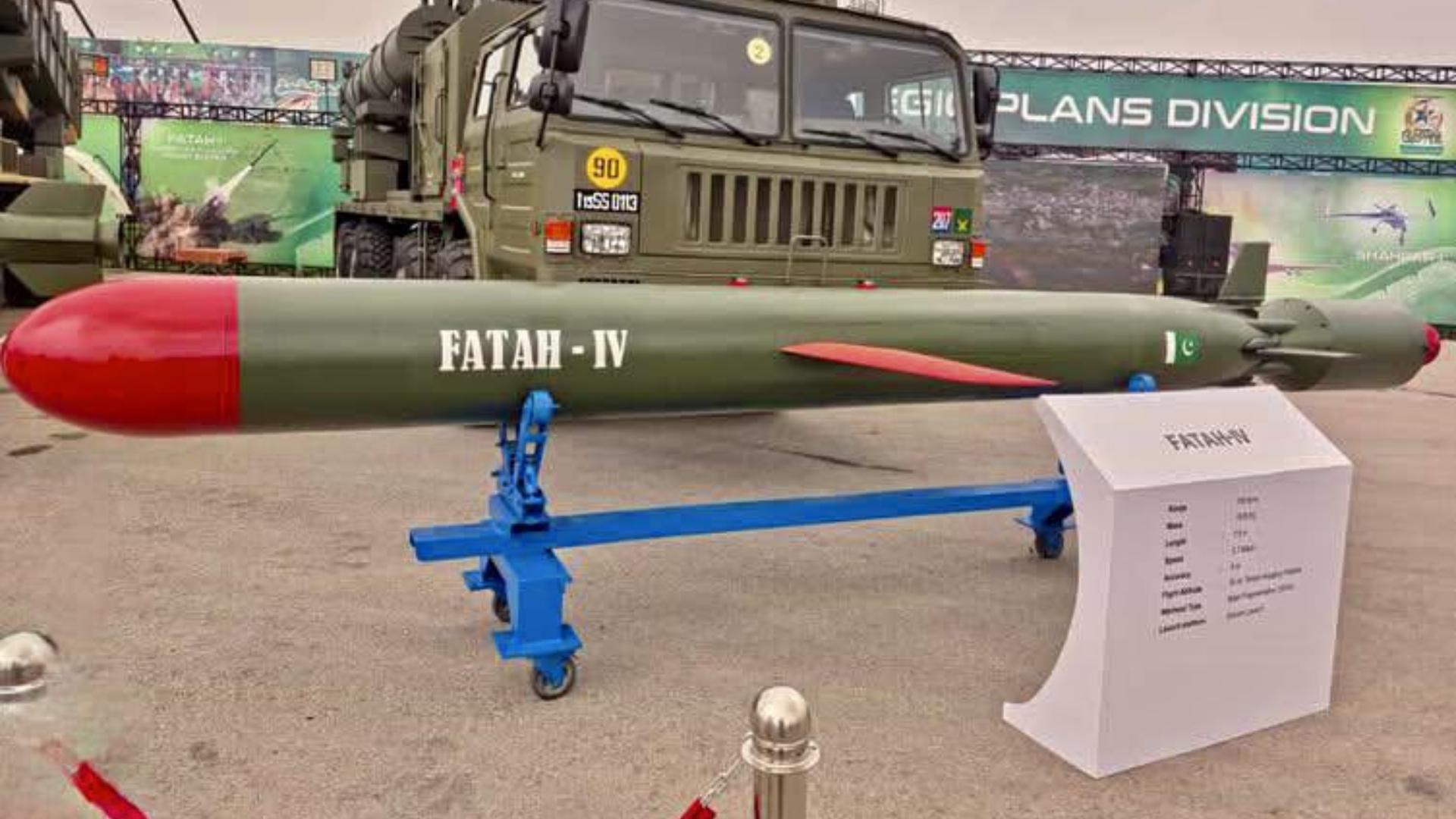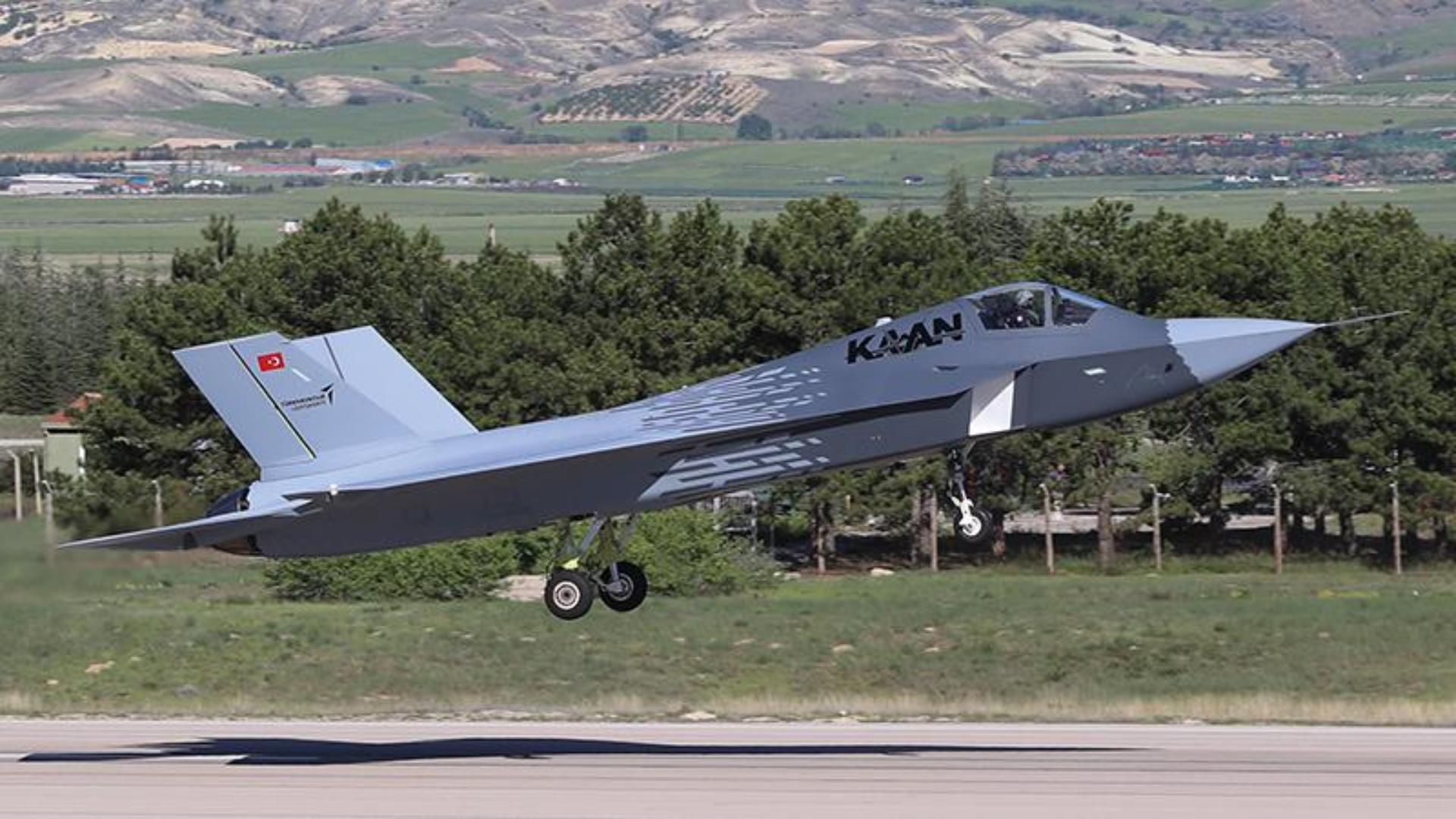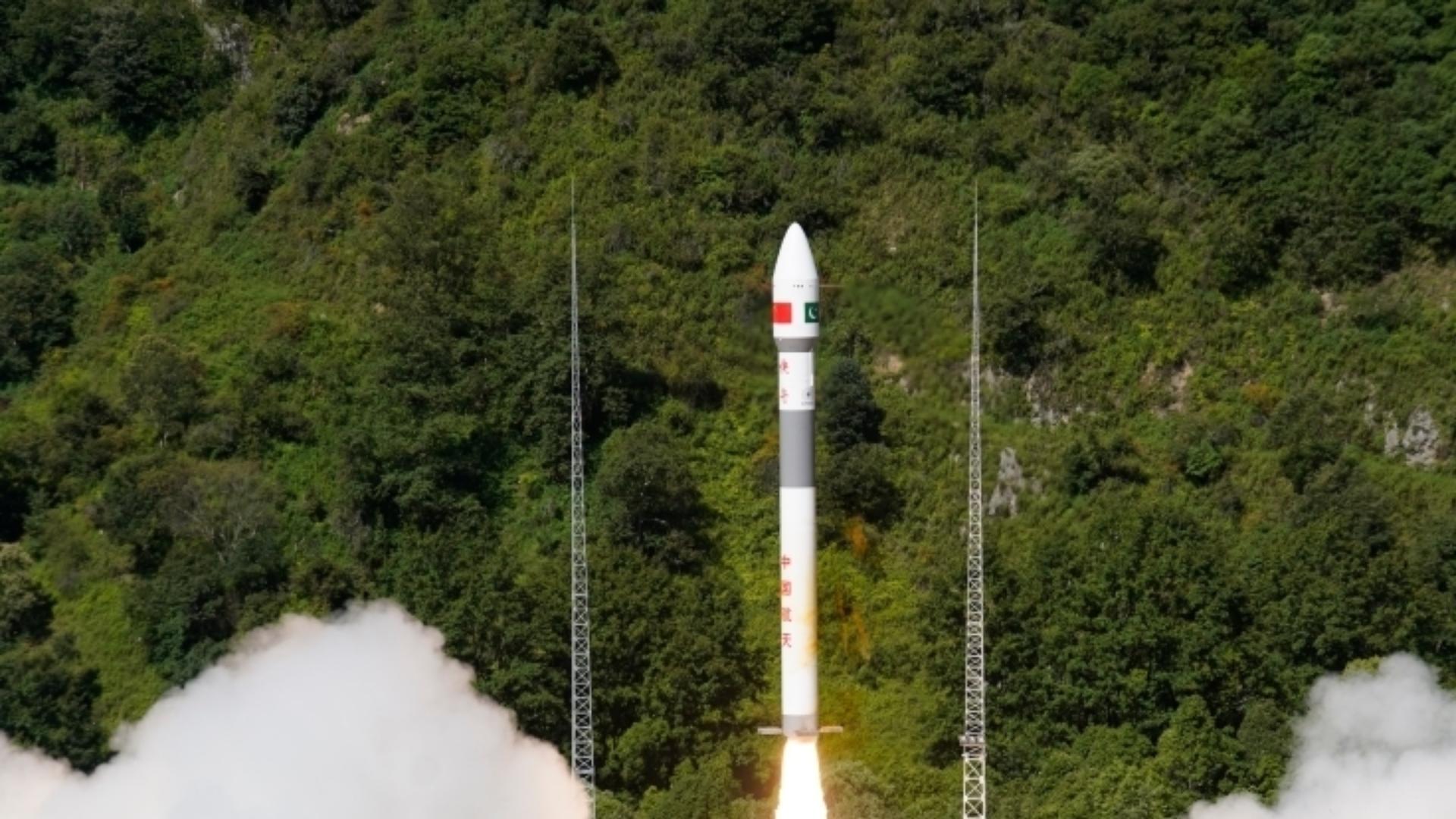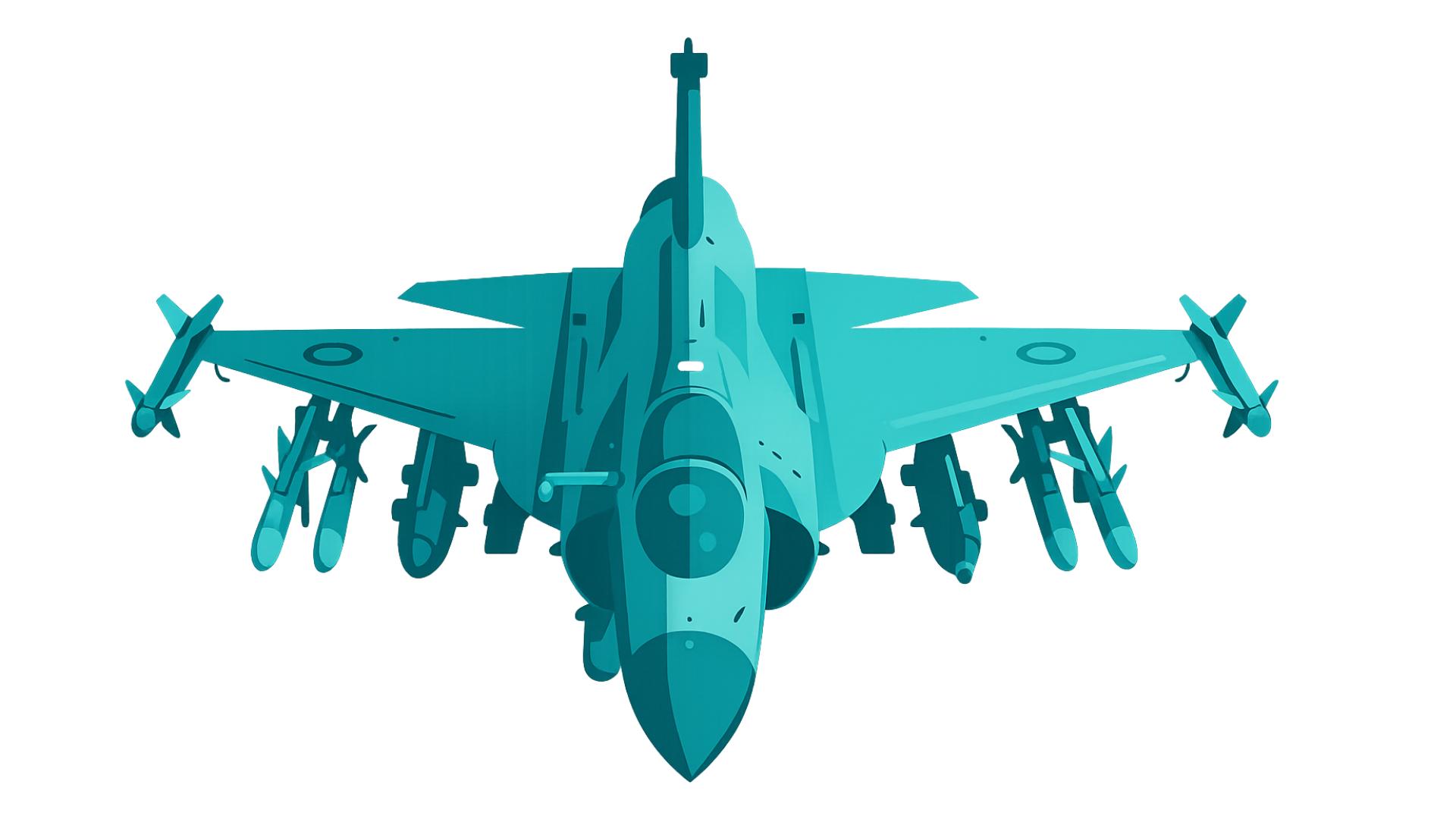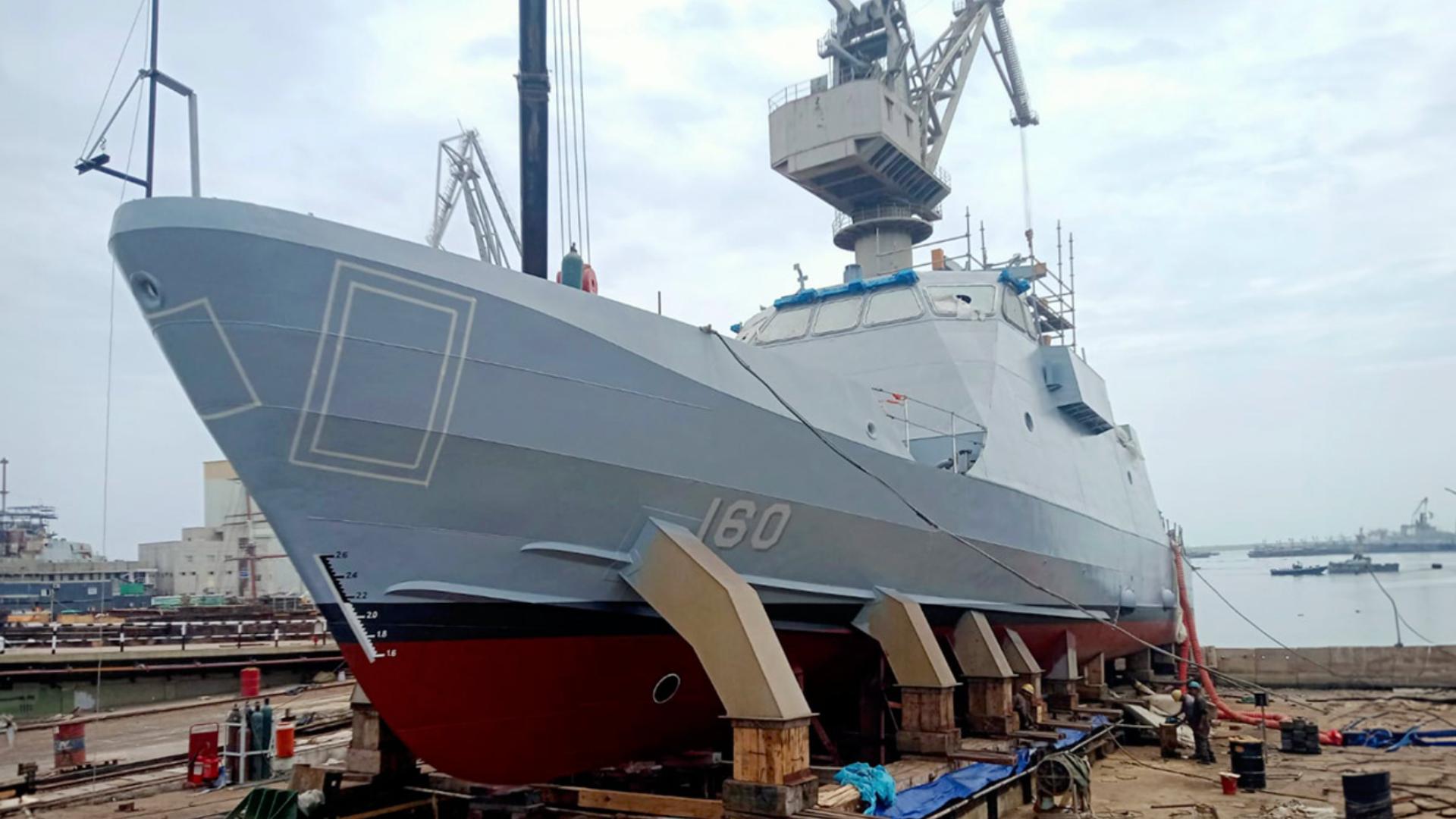The formation of ‘Army Rocket Force Command’ (ARFC) cements the PA’s multi-year effort to build its independent stand-off range precision-strike capability as not just a doctrine, but an organized element with its own command structure, concept of operations, and objectives.
In the lead up to its special event commemorating 14 August (the day Pakistan was formed out of British India), the Pakistan Army (PA) revealed the Fatah-IV: a land-attack cruise missile (LACM) with a range of 750 km.
By inducting the Z-10ME-2, the Pakistan Army Aviation Corps could under go a shift towards focusing on low-level air power.
This sale of 48 KAAN fighters to Indoesnai is the latest and most significant example of Turkey’s highly effective defense export strategy,
On 31 July 2025, China launched a remote sensing satellite for Pakistan using a Kuaizhou-1A satellite launch vehicle (SLV) from the Xichang Satellite Launch Center.
US policies in 2016-2017 prompted Pakistani defence planners to largely shut American – and many European – vendors out of the Pakistani defence market.
The Pakistan Army Aviation Corps (PAA) has officially inducted the Z-10ME-02 attack helicopter, finally turning a page on the PAA’s decade-plus long effort to start replacing its legacy Bell AH-1F/S Cobras.
The 2025 International Defence Exhibition and Fair (IDEF) in Istanbul saw the public debut for two distinct Turkish long-range, ramjet-powered air-to-air missile (LRAAM) programs: Roketsan’s Gökbora and TÜBİTAK SAGE’s Gökhan.
On 24 July, Karachi Shipyards & Engineering Works (KSEW) launched the PNS Sahiwal, the first of a series of new gun boats for the Pakistan Navy (PN).
The short-to-medium-range air defence layer is now an urgent, acknowledged gap for both the Army and the Air Force.

